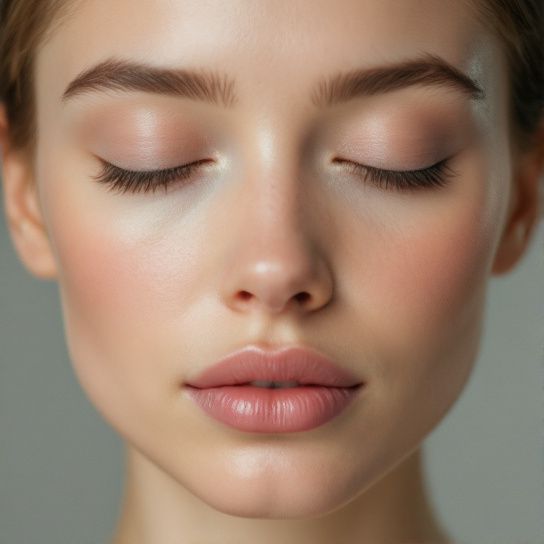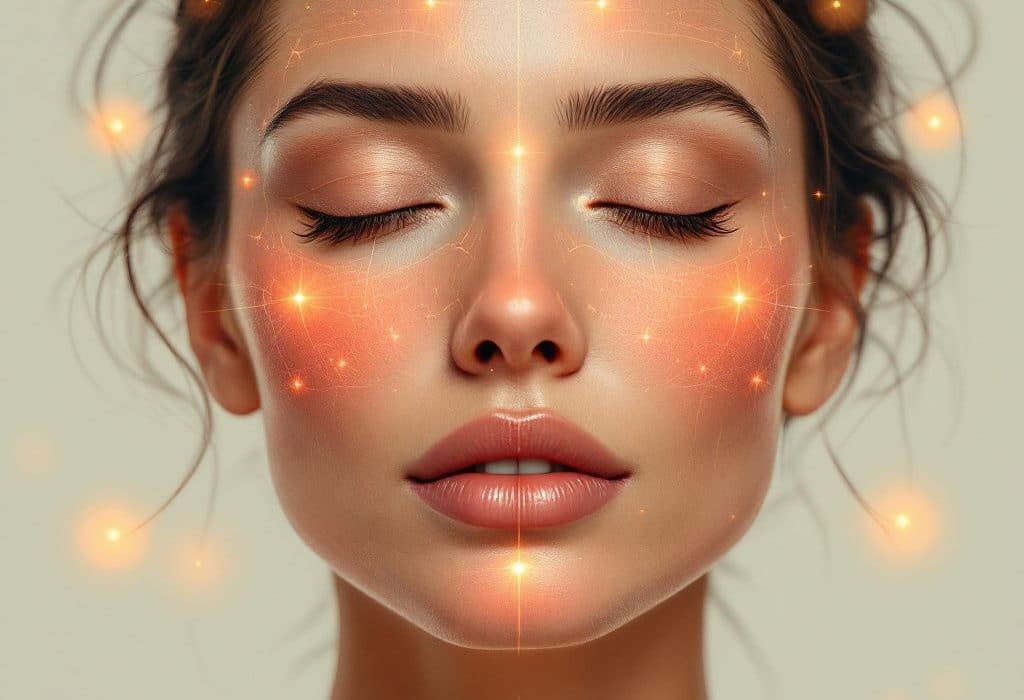So, you’re starting to see some changes when you look in the mirror—faint lines, maybe a sag here and there? Totally normal, but let’s dig a bit deeper into why that might be happening. It’s not just about the usual suspects like the sun or a less-than-perfect moisturizer. Nope, it’s time to acknowledge those unsung heroes (or villains, depending on how you look at it), the facial muscles. Understanding them could change the way you think about aging—and how you tackle it.
Getting to Know Your Facial Muscles
Think of your face like a complex machine, with facial muscles being the gears turning the whole thing. They’re more than just your expression powerhouses. Smile, frown, or that inquisitive eyebrow raise you do? That’s your facial muscles at work. There are over 40 muscles in your face! Surprising, right? They all perform different functions but with one common goal: letting you express yourself.
Why Facial Muscles Matter in Aging
The skin isn’t just laying there by itself—it’s all layered on those muscles, which means what happens beneath the surface impacts what’s visible above. As we age, the changes in these muscles—along with patterns in exercise (or the lack thereof)—play a big role in how our skin starts to look.
When you lose muscle tone, which naturally happens over time, things start to sag. It’s like gravity’s not on your side. These muscles are interconnected with your skin, attaching directly to a bone or another muscle. With age, they weaken and can cause more defined lines and folds. So, changes in muscles change the landscape of your face.
Recognizing Aging Patterns

Different areas of your face age at different rates, largely based on how your facial muscles are structured and how often you use them. Ever notice some people have deep forehead lines while others get more of those pesky crow’s feet first? The way you use your face muscles throughout your day can define such aging patterns. It’s fascinating how individualized this is, and understanding your own unique pattern can be a key part of tailoring your skin care practices.
The Science of Expression
Believe it or not, every time you make that ‘ugh’ face during a boring meeting, you’re potentially carving out a wrinkle. Regularly used muscles for expressions can cause the overlying skin to fold repeatedly. Over time, these folds stick around even when you’re not expressing anything. This is why people talk about ‘expression lines’.
How Facial Exercises Can Help
Here’s where you can take action. Think of facial exercises as mini workouts for your face—strength training for those facial muscles. It might feel odd at first, but hey, could be worth it.
Try this simple exercise at home:
- Raise your eyebrows as high as they go like you’ve just heard a juicy bit of gossip.
- Open your eyes wide, keep the eyebrows up.
- Hold this for a count of ten, then relax slowly.
Doing it a few times a week won’t turn back time exactly but can improve the muscle tone around your forehead and help make those wrinkles less prominent.
Setting Realistic Expectations with Exercises

Now, keep in mind, facial exercises aren’t a magical anti-aging elixir. They complement what you’re already doing—good skin care, sun protection, etc. Think of it as an added bonus. Don’t give up your moisturizer just yet!
Skincare Plan: Working with Your Muscles
Your facial muscles are crying out for a routine, just like your skin. Align your skincare regimen with what your facial muscles need. For example, if your routine is intense on product applications, consider adding a few moments of facial massage. This could not only boost circulation but it’s a way to engage those muscles, benefiting from a dual approach—products and muscle action.
How To Implement It?
Use your favorite oil for some slip. A daily 5-minute session where you gently rub your fingertips across your face in circular motions is a great start. Follow the muscle lines from your temples down to your jawline. Trust the process; the skin loves micro-attention like this, and those underlying muscles will appreciate it too.
Debunking Myths
Let’s clear the air around a few popular misconceptions about facial muscles and skin aging.
- “Facial exercises cause more wrinkles.” It’s actually quite the opposite when done correctly. The repetition of controlled, specific movements strengthens the muscles, thus improving skin tone.
- “One-time treatment is all you need.” Just like with any workout routine, consistency over time is key. Toning those muscles takes time and persistence.
- “Muscles don’t matter once you use anti-aging products.” Both go hand-in-hand. Products can nourish, but the muscle structure beneath your skin supports all that beautiful surface work.
Circling Back: The Holistic Approach

Remember, just like any bodily function, the holistic approach matters. Nutrition, sleep, stress-management—it all plays its part alongside more direct approaches like exercises or topical treatments. Each component harmonizes to potentially slow the aging patterns intrinsic to facial muscles and skin aging. Consider exploring meditation or yoga to ease overall tension, influencing muscle relaxation and circulation positively.
See? Facial muscles are basically the unsung critical layer to any comprehensive approach against skin aging. They might not have the glamour of the latest ‘miracle’ serum, but they get the job done from the inside out. So, are you ready to give them a bit more attention?
Key Takeaways for You
- Facial muscles play a fundamental role in how our skin ages as they provide the foundational support layer.
- Exercise those muscles! It’s crucial for maintaining firmness and reducing pronounced wrinkles over the long run.
- Work your muscles as you nourish your skin—pair your skincare regimen with muscle-targeting practices like massage.
- Keep realistic expectations and commit to ongoing care; quick fixes aren’t part of this equation.
- Remember, a holistic approach ensures both skin and muscles are supported in the aging journey.
Integrating all these elements into your lifestyle might just help shift your aging patterns as you support your facial muscles, making sure they keep you expressive for many years to come. After all, aging may be inevitable, but letting it be a gradual, graceful process is totally within your reach. Embrace it—you’ve got this!
Frequently Asked Questions
What are facial muscles and what is their primary function?
Facial muscles, also known as mimetic muscles, are a group of striated skeletal muscles that control facial expressions. They are supplied by the facial nerve (cranial nerve VII) and are responsible for movements such as raising eyebrows, smiling, and frowning. These muscles attach to the dermis and are unique in that they are the only muscles that do so[1][3][5).
How do facial muscles develop and where do they originate from?
Facial muscles develop from the second branchial/pharyngeal arch and derive from neural crest cells. In humans, they begin forming around the eighth week of embryonic development. During this process, a muscular sheet forms and spreads over the scalp, face, and neck, eventually developing into the various facial muscles[1][3][5).
What is the nerve supply for facial muscles, and what happens if this nerve is damaged?
The facial muscles are supplied by the facial nerve (cranial nerve VII), with each nerve serving one side of the face. Damage to the facial nerve can result in facial paralysis on the affected side, impairing the ability to form facial expressions and potentially affecting speech. This damage can occur due to conditions such as Bell palsy, stroke, or parotid salivary gland cancer[1][3][5).
What are some of the key facial muscles and their specific actions?
Key facial muscles include the occipitofrontalis (raises eyebrows), nasalis (flares nostrils), orbicularis oculi (closes eyelids), zygomaticus major (elevates corners of the mouth for smiling), and buccinator (presses cheek against teeth). Each muscle has a specific action that contributes to various facial expressions[1][3][5).
References


